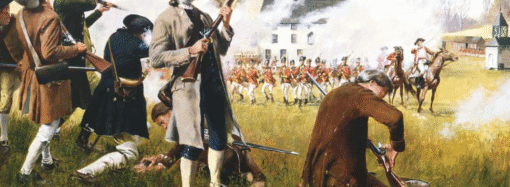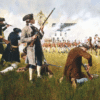When commentators discuss issues such as the recent PISA exam, they focus largely on results, including which country came in first and whether or not scores fell or increased since the previous assessment.
What they often overlook, however, is content.
The PISA exam website offers a glimpse into this content, however, so I decided to pull up some of the math questions from the 2012 exam, as the ones from the 2015 exam are currently unavailable. One of those questions reads as follows:

For the fun of comparison, I dug into a U.S. arithmetic exam from a hundred years ago given to kids a few years younger than the 15-year-olds who take the PISA test. One of the questions from the 1912 exam ran as follows:

On the surface, there might not seem to be a lot of difference between these two questions. Both are talking about percentages. Both use a story to visualize the problem.
But what I found interesting was how much more exacting the 1912 exam was. It required specific calculations and specific answers to be given. (Answers at the bottom of post for those curious.)
The more recent PISA exam question, however, simply requires a yes or no answer. Sure, students would likely have to do a bit of figuring to make sure they are getting the right answer, but in general, they’re given quite a number of hints to ensure they are on the right track. So much so that many students could probably guess and get it right without doing any work. And for the record, the above example from the PISA exam wasn’t the only one that was formatted this way.
The PISA exam model with its multiple choice and true/false questions is par for the course in today’s testing structure.
Would Americans see better results on exams like the PISA if we trained children to go through the full scope of mental gymnastics which the 1912 exam demands, instead of conditioning them to expect half the answer to be produced right from the beginning?
Answers:
- .043+% butter fat.
- 43.152 lbs. butter.
- $12.08¼ cost of butter.
PISA Exam:
- No.
- No.
- Yes.
—
Dear Readers,
Big Tech is suppressing our reach, refusing to let us advertise and squelching our ability to serve up a steady diet of truth and ideas. Help us fight back by becoming a member for just $5 a month and then join the discussion on Parler @CharlemagneInstitute!
Image Credit: Public Domain
















Leave a Comment
Your email address will not be published. Required fields are marked with *